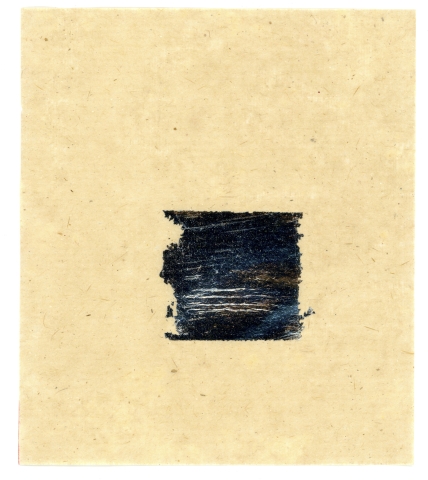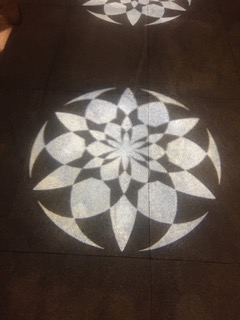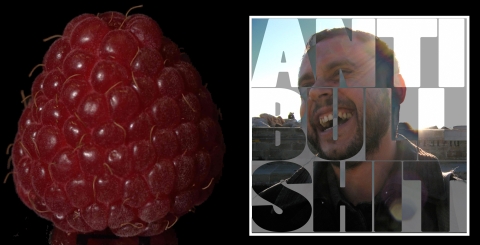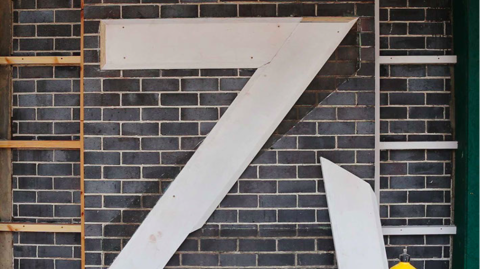Editorial
On the surface, this issue of JAR may much look like the previous issues we published, but under the hood, you can witness a silent revolution. With JAR26, for the first time, we have started to embrace a shift from the fixed-position layout of expositions that the Research Catalogue has pioneered to a responsive design approach that it now also supports. From the six expositions in this issue, two are made in a responsive mode, while the other four feature fixed layouts.1 In effect this means that some expositions will adjust to the screen size that you are using reconfiguring spatial relations while others maintain them requiring scrolling, in particular on smaller devices.2
There is no right-or-wrong approach between those two modes, only different affordances and needs of artists and researchers for specific modes of presentation. Linked to this are, however, questions of authorship and control: with the initial design of the Research Catalogue we wanted to give artists more control over the page and with it the viewing experience of our readers. Such expositions are more like virtual posters across which a viewing window can be scrolled, allowing for readers to discover materials or relationships across a page not easily brought into view. In some sense, such pages of expositions were conceived against the logic of web browser technology, which is made to interpret data for a particular viewing situation.
As internet technology has developed over the last ten years, some of the advantages of this approach have slowly eroded. Increased use of mobile devices has meant that more and more readers found it difficult to navigate expositions on small screens, but also that expectations of accessibility were not always met. At the same time, it remains right to ask the question of how far we allow technology to go when it squeezes art into a small frame suggesting that it is less the experience of and more the information about art that matters. Like in real life, we value the intended experiential format (of a museum or a stage etc.) while, of course, also acknowledging that derivates have their purpose. We always have and still want to establish expositions as aesthetic sites of research communication!
While the conditions for this have been changing, it has become increasingly apparent that a single approach is not the best solution for all; choice must be built into the system, including the choice of letting an exposition page be adapted by the browser. As far as JAR is concerned, with the technical development of the Research Catalogue, we have now reached the stage where a single exposition can contain both types of page, fixed-position and responsive ones. While there is no automatic conversion between the two imagined at this stage, it is perfectly feasible that authors use specific page modes for specific purposes creating a combination of fixed and responsive layouts.3 Furthermore, it is also possible to create expositions where readers could switch between modes, as long as authors provide two modally different versions of a page. This approach is particularly exciting to us as it promises to increase accessibility.
Ignoring the overhead that a doubling of pages produces for authors and editors, we are now in a situation where readers will become able to experience different modes of presentation within a single exposition. On a basic level, as it already happens in this issue, pages will look different when viewed on a desktop computer screen compared to a mobile phone, for instance. Even on the phone, the orientation of the phone, determined by how it is held, may impact the viewing experience. In the future, as this development is continued further, readers may switch between a presentation in the one or the other mode, depending on the device that they use. How to author such complex and dynamic expositions?
The new paradigm that we’ve entered with this issue requires authors, reviewers and editors to think and work beyond their own technical set up, their habits and expectations. It starts with an awareness of a much more diverse spectrum of possible encounters, and of the choices that are taken with regard to what is accepted as possible. For instance, now that the RC supports different page modes, an informed decision will have to be taken in which mode(s) pages are authored. When authors choose not to supply more accessible pages for text, they might be suggesting that an appreciation of the research outside a rich media environment is not possible or suitable. There may however also be more pragmatic reasons, such as time constraints, or technical limitations i.e. a whole set of different intentions.
Must there be, as part of the meta data perhaps, a statement about the overall shape of an exposition? How would such statements be read over time, as the Research Catalogue changes, peoples’ devices and habits change, and with them their expectations? These are very difficult questions not dissimilar to the problem of language and translation that we have also been tackling, for clearly, not everybody can expect an exposition to be made in a language they understand or with the help of media they find accessible. In effect, even in a seemingly universal medium such as the Internet, we have to acknowledge the high degree of exclusiveness and partiality, the size of which can be addressed, but not abolished. Rather, artistic researchers may need to find more proactive ways to engage with such problems, not only at the site of dissemination but also that of creation. How, then, to make art work beyond one’s own technical set up, one’s habits and expectations?
For too long we accepted the presupposition of expositions as stable referents. While they will remain the object of reference for review and submission management, possible modes of encounter and different trajectories of appreciation will increasingly produce various spectra of meaning at the site of the exposition, which overlap but are not identical. This renders everybody’s task more complex, but perhaps also more critical and rewarding, because the multiplication of meaning ‘inside’ online expositions may also overlap better with what is happening offline. More radical approaches to the problem of difference, in artistic research articulations, may further trouble the binary choices we always seem to be presented with – including those of online versus offline, art versus research, and inclusion versus exclusion.
Michael Schwab
Editor-in-Chief
- 1The responsive mode was not available at the time the expositions in the current issue were made or reviewed. In those cases where the differences were limited we moved the expositions over to the responsive mode, in collaboration with the authors.
- 2You can read here https://jar-online.net/en/research-catalogue more about the graphical and the block editor of the RC that JAR supports.
- 3In this issue of JAR we don’t yet feature such mixed-mode expositions.






